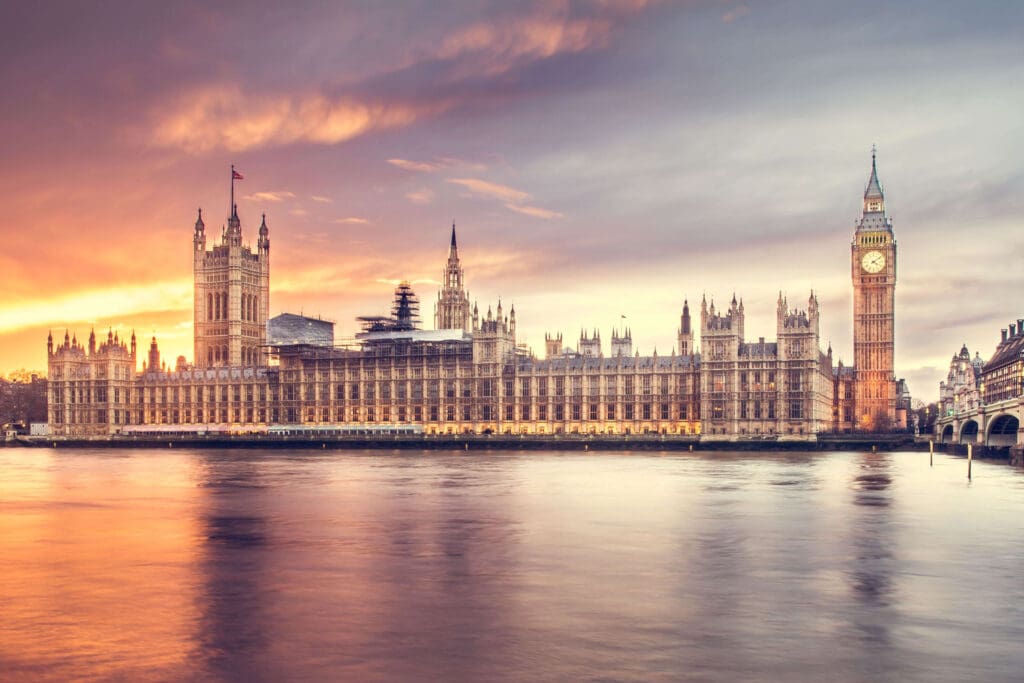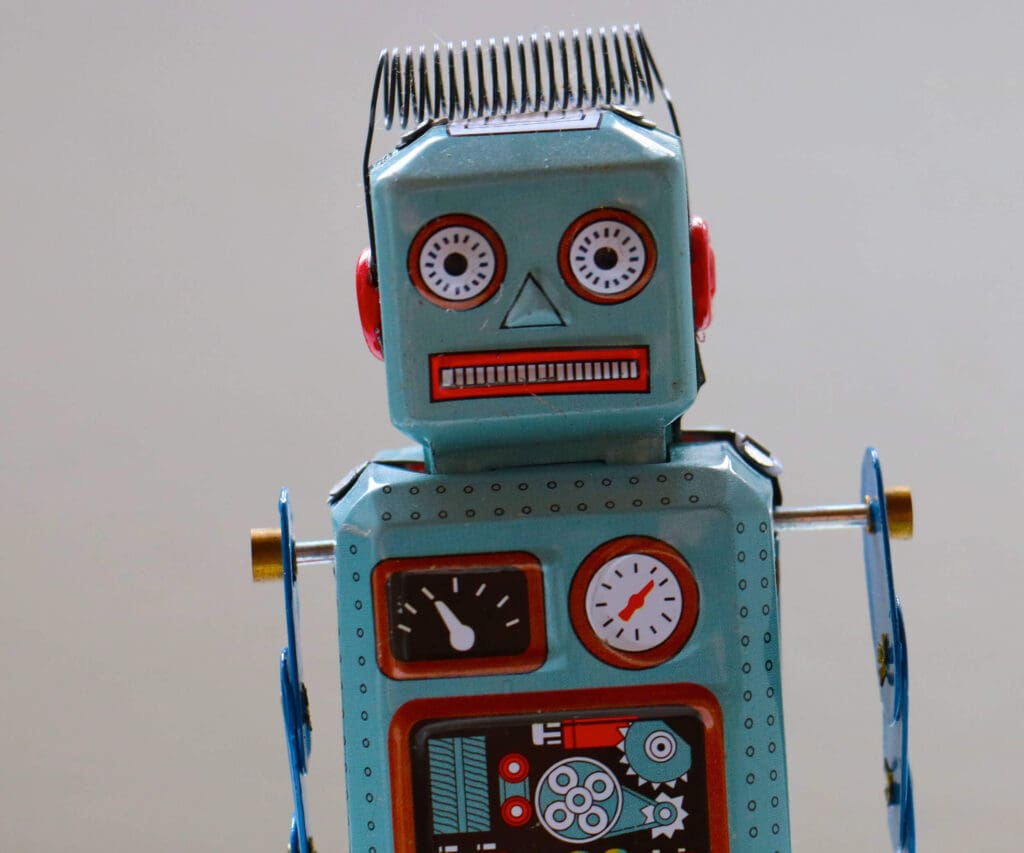
Carl Woodward
Director
..
Between 2018 and 2019 the commitment from employers to not only offer their employees a workplace pension, but to increase their contributions from 1% to 3% was a clear sign that saving for retirement was critical to the Government’s strategy towards reducing the dependency upon the state pension in later life. Since 2019, those employer contributions have remained static and the total combined employer/employee contribution has stayed at 8%. While earnings thresholds may have changed ever so slightly, the acceleration in employer contributions seen in the three years to 2019, has stalled significantly, with real-term increases now only seen as a result of increasing levels of pay.
The 2021 budget continued that theme, perhaps driven by a focus upon increasing the amount of income the Treasury takes in and in rebuilding public finances that have been decimated through the pandemic. An increase in pension contributions would have reduced National Insurance and Income Tax inflows at a time when policies like freezing personal allowances and proposing sizeable increases in corporation tax were designed to do the exact opposite. It will be interesting to see how those policies ultimately impact upon pension contributions further (who does ultimately pay for increased corporation tax – shareholders or employees – a blog for another day).
So why is this all relevant? The latest analysis from NEST, the Government’s own Workplace Pensions scheme (and the largest with over 10m members) paints a fairly damning picture of the success of auto-enrolment and the challenges that the retirees of the future will face when they hit whatever age it is they will retire (who can guess how far that will be pushed back in the coming years). Figures from NEST state that the median pension pot balance with them in Sept 2020 was just £606(1). That’s not going to go far in retirement. For those actively contributing to their pension pots, the median was only slightly higher at £1614 (1). Given that a significant portion of NEST accounts will be for those employees who work for restaurants, bars, hotels, retail outlets, etc (membership is skewed towards low-income earners), it won’t be a surprise if those figures stay largely similar if/when they conduct similar analysis in September of this year, especially given the events of the past 12 months.
Which really begs the question as to what is the plan now for workplace pensions? Given incomes for the lowest paid have been depleted and furlough has been the only source of revenue for many companies to pay their staff, have workplace pensions become less important in the context of a global pandemic? How many employees over the next 12 months will increase their own pension contributions independently (perhaps those who haven’t been able to enjoy holidays abroad or bought expensive cars that sit in the drive or been able to move house)? It is interesting to note that despite the struggles of the lower income demographic, those in middle to higher income brackets that have seen their savings increase, outweigh those that have seen a decrease by more than 2:1 (2). How many of those people seeing an increase in their savings have diverted some of those funds towards their pension?
Ultimately, freezing contribution levels was a bit of an open door for the Government given the challenges employers have faced over the past 12 months, but what does it mean for retirement savings in the future? With pension pots remaining low, especially amongst the lower paid, are we simply putting bets on future prosperity? .
Perhaps the question really is, haven’t we always done that…..?
References:
(1) https://www.nestinsight.org.uk/wp-content/uploads/2021/02/Retirement-saving-in-the-UK-2020.pdf
(2) https://www.bankofengland.co.uk/bank-overground/2020/how-has-covid-affected-household-savings












































































































































































































